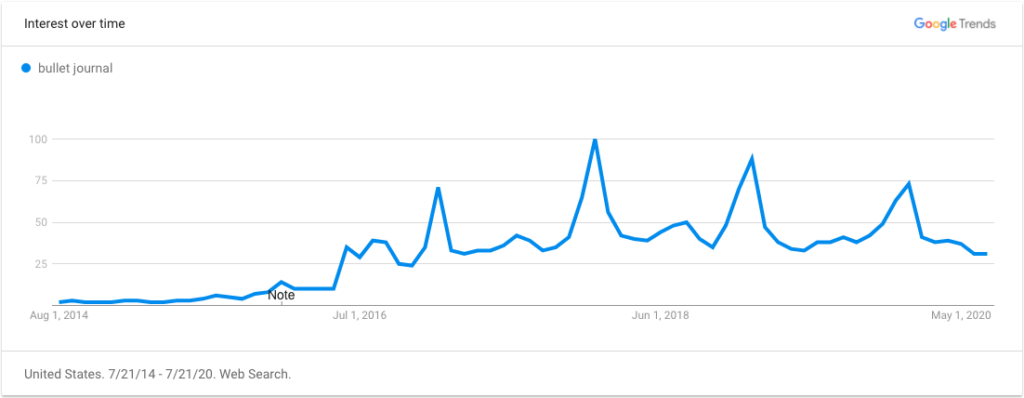You absolutely want to hit the broad strokes in your Amazon content if the product demands it. It’s a mistake, however, to avoid specific and even niche features, uses, and aspects of your product in your product description and backend search terms. Odds are, there are customers with specific needs your product can fill, and they are ready to buy.
Broad versus Specific
Certain products that have a broad demand would seem to require the broadest possible sales pitch. Coca-Cola wants you to “Taste the Feeling.” Disneyland welcomes you to “The Happiest Place on Earth.” Chevrolet will help you “Find New Roads.”
Leaning into more specific aspects of your product, however, can attract a (somewhat) smaller but (much) more dedicated customer base. Some niches are: pet parents who care about handmade dog clothes, or shoppers who are eco-friendly looking for sustainable t-shirts. A smaller market means less competition and higher conversion rates once you’ve engaged with your intended audience.
Long Tail Keywords on Amazon
There is an overabundance of options for the average consumer. Amazon’s vast, virtual shelf space combined with a recommendation algorithm that has been refined for over 20 years narrows down these options, placing the right products in front of the right customer. As a result, niche interests are catered to in a way like never before.
Author Chris Andersen dubbed this abundance of niche options the “Long Tail” in a 2004 Wired article and subsequent book. To ignore long tail searches is to cut yourself off from those who could be your most enthusiastic customers. One way to identify these long tail customers is to study user reviews and look for unique applications you might not have anticipated. Also think of ways to incorporate these long tail keywords on Amazon into your PPC advertising strategy to improve their effectiveness.

Specificity and FOMO
The “fear of missing out” or “FOMO” is a marketing tool as old as the “call to action” at the end of a sales pitch. But this point isn’t about that use of FOMO.
More and more online consumers are participating in the experience economy. They are not just interested in buying a thing, they’re interested in buying the memories that they’ll make with that thing. This isn’t such a foreign concept. Often we sell an ideal use scenario for our products: “Buy our ice cream maker, and you’ll have fun making ice cream all summer long!”
By including specific, niche use cases in your product descriptions and search terms, you can appeal to the desire for an experience, triggering a feeling of FOMO. Such a specific use scenario–something your customer may not have known about or considered before encountering it in your product description–could make the difference between just browsing and selling.
When the Specific Becomes General
In short, stake out your territory early, and become the brand of choice among the innovators and early adopters who will set the standard for all who follow. To do this, you must include the specific language that will appeal to targeted sets of users. Keyword research and trends research will be your best friends in this quest to find suitable long tail keywords on Amazon.
Take bullet journaling as a for instance. Ryder Carroll introduced his unique method of journaling in a YouTube video he uploaded on May 21, 2015. A quick search of Google Trends shows that interest in bullet journals grew slowly for about a year, and then took off. There are noticeable spikes as people get their resolutions in order around New Year’s Day.

Stay on the lookout for emerging, niche use cases for your products and include an appeal to the innovators and early adopters in your product descriptions and search terms. This puts you in a position to lead rather than chase after a fad that has captured the general imagination.
Find the Right Balance
You shouldn’t abandon the broad language and search terms that appeal to the majority of your customers. But neither should you neglect the specifics; the ultra-unique selling propositions that appeal to niche users, those who are looking for new experiences, and innovators who are forging a new use case. And who knows? Perhaps one day the specific will become the general.
If you need help striking the right balance between broad and niche appeal in your product descriptions, reach out to us and let’s start a conversation.